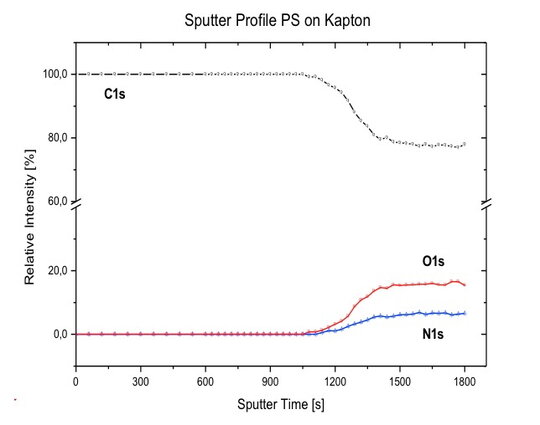GCIB 10S
10 kV Gas Cluster Ion Beam System
We are sorry. This instrument is not available as component but only as part of our system solutions. Please contact us for any question.
- Depth profiling analysis of polymers with minimal loss of chemical information
- Ultimate depth profiling performance in combination with XPS and other surface analysis systems
- Sample current imaging
- Built in time of flight calibration feature
We offer the complete range of substrate preparation systems, including MBE, PLD, Sputtering and other techniques. Each thin film solution is prepared to and can be easily upgraded with more than 30 support techniques in-situ surface analysis. This system is designed to fulfil the highest and most stringent requirements of modern thin film deposition.
The GCIB 10S is designed for ultimate depth profiling performance in combination with XPS and other surface analysis systems.
Cluster ion beams enable depth profiling analysis of polymers with minimal loss of chemical information due to ion beam damage. This is crucial in analysis of modern multi-layer structures, such as in OLED, bio medical, sensitive coatings devices or other polymer surfaces, but also shows a marked improvement in analysis of well-established materials which can degrade during normal profiling with Ar1.
Beyond using the argon cluster ion source in combination with new XPS systems the GCIB 10S can also be easily integrated into existing UHV systems with a suitable NW63CF flange aiming at the sample. It provides an economical means of upgrading XPS, SIMS or other systems to use cluster beam sputtering for sample cleaning or depth profile analysis.







